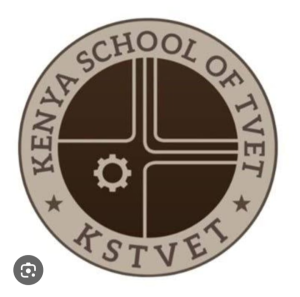- Teacher: Admin User
josphat.gnomio.com
-
Welcome to your new Gnomio site
Now, you are in control!
Moodle is an open-source Learning Management System (LMS) that provides educators with the tools and features to create and manage online courses. It allows educators to organize course materials, create quizzes and assignments, host discussion forums, and track student progress. Moodle is highly flexible and can be customized to meet the specific needs of different institutions and learning environments.
Moodle supports both synchronous and asynchronous learning environments, enabling educators to host live webinars, video conferences, and chat sessions, as well as providing a variety of tools that support self-paced learning, including videos, interactive quizzes, and discussion forums. The platform also integrates with other tools and systems, such as Google Apps and plagiarism detection software, to provide a seamless learning experience.
Moodle is widely used in educational institutions, including universities, K-12 schools, and corporate training programs. It is well-suited to online and blended learning environments and distance education programs. Additionally, Moodle's accessibility features make it a popular choice for learners with disabilities, ensuring that courses are inclusive and accessible to all learners.
The Moodle community is an active group of users, developers, and educators who contribute to the platform's development and improvement. The community provides support, resources, and documentation for users, as well as a forum for sharing ideas and best practices. Moodle releases regular updates and improvements, ensuring that the platform remains up-to-date with the latest technologies and best practices.
Links of interest:
(You can edit or remove this text)
Available courses
1. Farm
A farm is a piece of land used for growing crops and/or raising animals for food, fiber, and other agricultural products. Farms vary in size and type and can include:
Crop farms – for growing grains, vegetables, fruits,
Livestock farms – for raising cattle, goats, poultry, sheep.
Mixed farms – which combine crop production and animal rearing
Farms may also have buildings like barns, storage sheds, greenhouses, and irrigation systems to support farming activities.
2. Farm Implements
Farm implements are simple tools or attachments used in farming to carry out tasks more easily and efficiently. They are usually non-motorized and may be operated by hand, animals, or tractors. Common examples include:
Hoes – for weeding and soil cultivation
Ploughs – for turning over soil before planting
Harrows – for breaking up and smoothing soil
Seed drills – for planting seeds at proper depth and spacing
Implements help increase productivity and reduce manual labor.
3. Farm Machinery
Farm machinery refers to large, powered equipment used in modern farming to perform labor-intensive tasks quickly and on a large scale. These machines are usually run by engines or motors and include:
Tractors – used to pull implements and perform various tasks
Combine harvesters – for reaping, threshing, and cleaning grains
Planters – for sowing seeds uniformly
Sprayers – for applying fertilizers and pesticides
Milking machines – for automated dairy farming
- Teacher: Admin User
